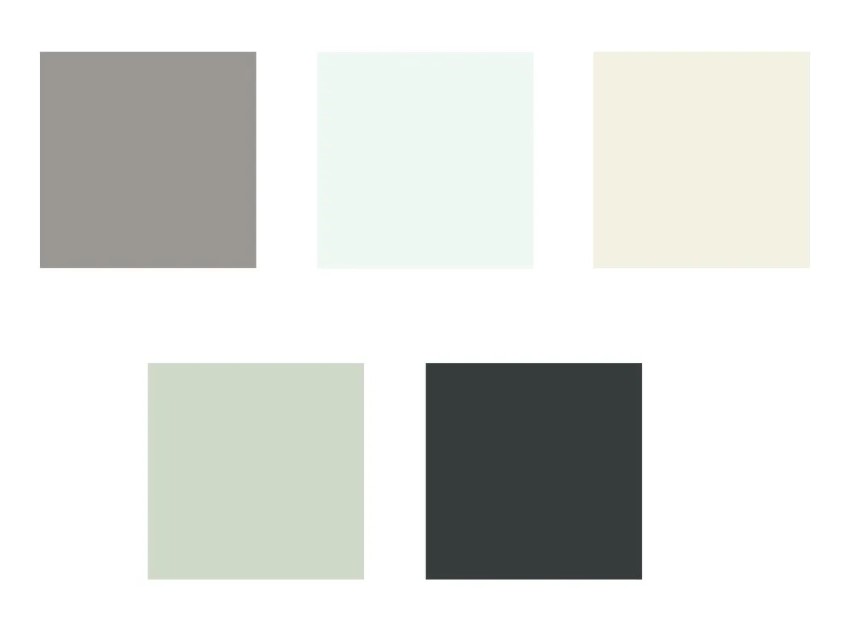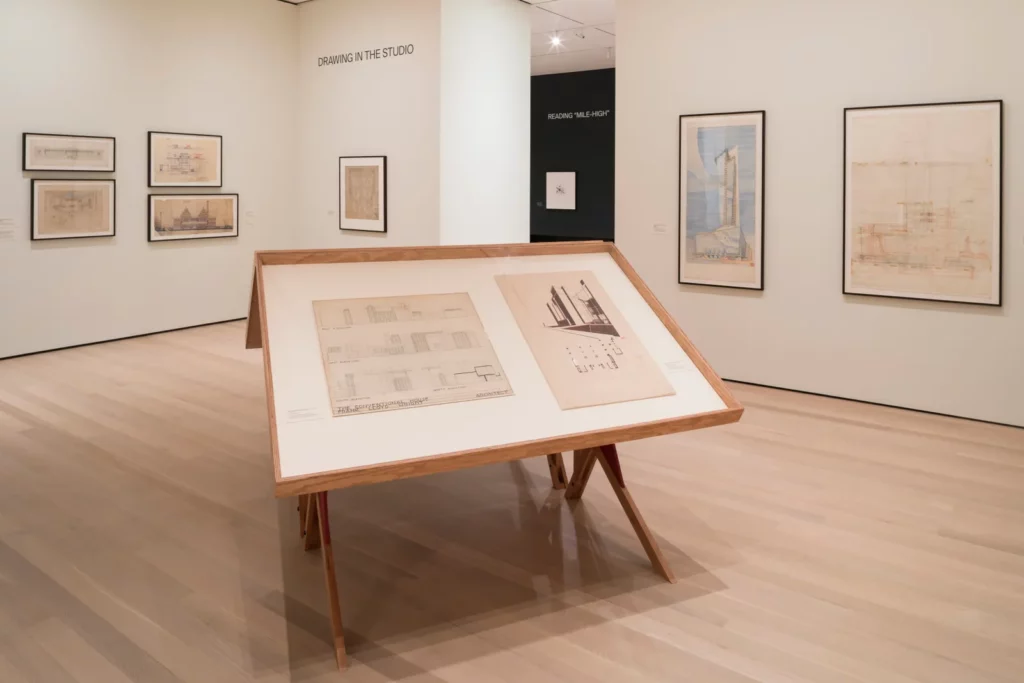Augmented Reality (AR) ist ein beliebtes Mittel für Künstler, ihre Werke zu verbessern, und AR-Poster sind eine der innovativsten Möglichkeiten, diese Technologie in die Kunstwelt zu integrieren. Durch das Überlagern digitaler Inhalte auf einem physischen Poster können Künstler ein einzigartiges und immersives Erlebnis für ihre Betrachter schaffen. Allerdings gibt es auch einige Herausforderungen und Überlegungen, die mit der Erstellung von AR-Postern einhergehen. In diesem Blogbeitrag gehen wir auf die Vor- und Nachteile von AR-Postern ein und erläutern, was Künstler bei der Erstellung von AR-Postern beachten müssen.
Vorteile von AR-Postern:
Erhöhte Interaktivität: AR-Poster ermöglichen es den Betrachtern, sich auf interaktive und dynamische Weise mit dem Kunstwerk auseinanderzusetzen. Dies kann ein einprägsameres Erlebnis für den Betrachter schaffen, was das Engagement und die Wirkung erhöhen kann.
Erhöhtes Engagement: AR-Plakate können ein breiteres Publikum ansprechen, auch solche, die sich bisher vielleicht nicht für das Kunstwerk interessiert haben. Dies kann zu einer erhöhten Aufmerksamkeit und potenziell zu mehr Verkäufen führen.
Vielseitigkeit: AR-Poster können leicht mit neuen Inhalten wie Videos, Musik oder Text aktualisiert werden, was sie zu einem vielseitigen Medium für Künstler macht.
Nachteile von AR-Postern:
Eingeschränkte Zugänglichkeit: AR-Poster erfordern ein Smartphone oder Tablet, um auf die digitalen Inhalte zugreifen zu können, was die Zugänglichkeit für einige Zielgruppen einschränken kann.
Technische Schwierigkeiten: AR-Plakate sind von Technologien abhängig, die unvorhersehbar sein können und möglicherweise nicht immer wie vorgesehen funktionieren. Dies kann für die Betrachter frustrierend sein und zu einem weniger zufriedenstellenden Erlebnis führen.
Kosten: AR-Plakate können in der Herstellung teurer sein als herkömmliche Plakate, vor allem wenn der digitale Inhalt komplex ist oder eine spezielle Softwareentwicklung erfordert.
Was bei der Erstellung von AR-Postern zu beachten ist:
Inhalt: Überlegen Sie, welche digitalen Inhalte in das AR-Plakat aufgenommen werden und wie sie das Erlebnis des Betrachters verbessern.
Gestaltung: AR-Poster sollten visuell ansprechend und leicht zu scannen sein. Berücksichtigen Sie die Größe, Form und Platzierung des QR-Codes oder anderer Markierungen, die zum Auslösen der AR-Inhalte verwendet werden.
Technische Überlegungen: Stellen Sie sicher, dass die digitalen Inhalte für mobile Geräte optimiert sind und dass die verwendete AR-Plattform zuverlässig und einfach zu bedienen ist.
Referenzen:
AR-Artists
Heather Day: heatherdayart.com/ar-posters
Wild Beasts: wild-beasts.co.uk/projects/the-last-night-on-earth-ar-poster/
Julian Opie: julianopie.com/AR-Plakate
ARTECHOUSE: artechouse.de/plakate/
Eduardo Kobra: eduardokobra.com/portfolio/flip-ar/
Nevercrew: nevercrew.com/projects/ar-poster/
Belin: instagram.com/belin_official/
“AR in Print: How AR is Changing the Poster Industry.” Aurasma, 9. Mai 2013, blog.aurasma.com/ar-in-print-how-ar-is-changing-the-poster-industry/.
“The Advantages and Disadvantages of Augmented Reality.” AppReal-Vr, 16. September 2021, appreal-vr.com/blog/advantages-and-disadvantages-of-augmented-reality/.



